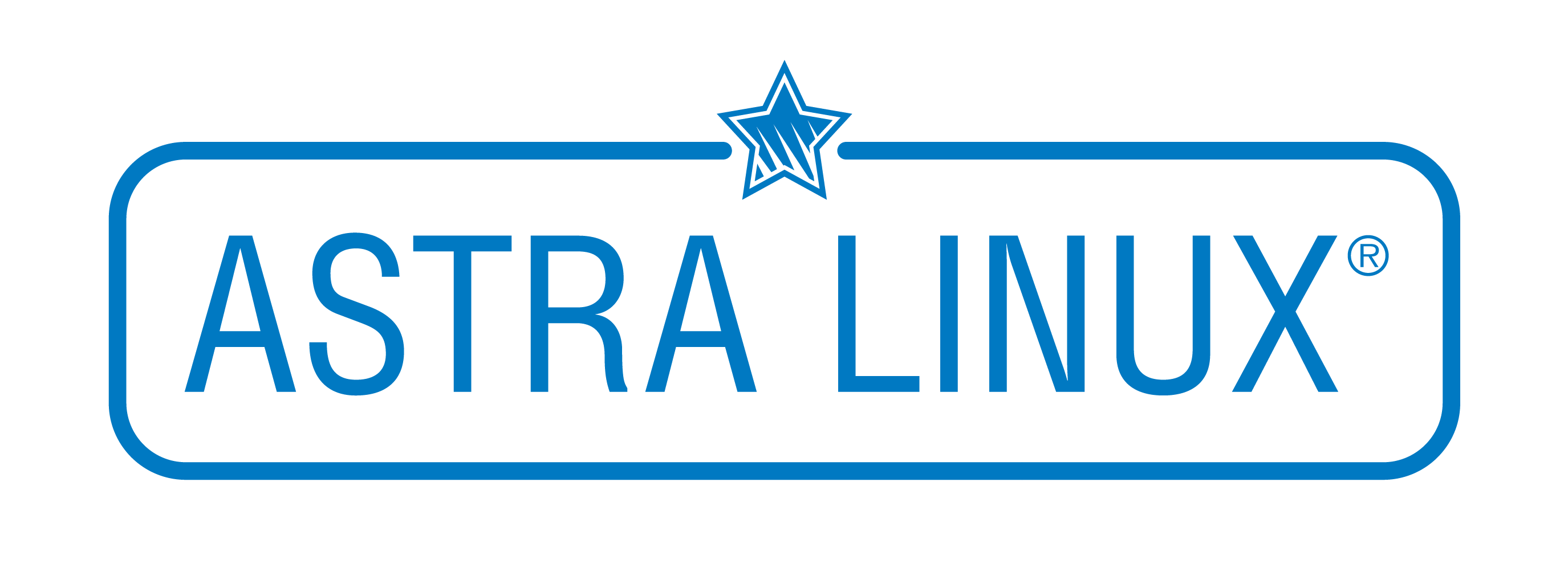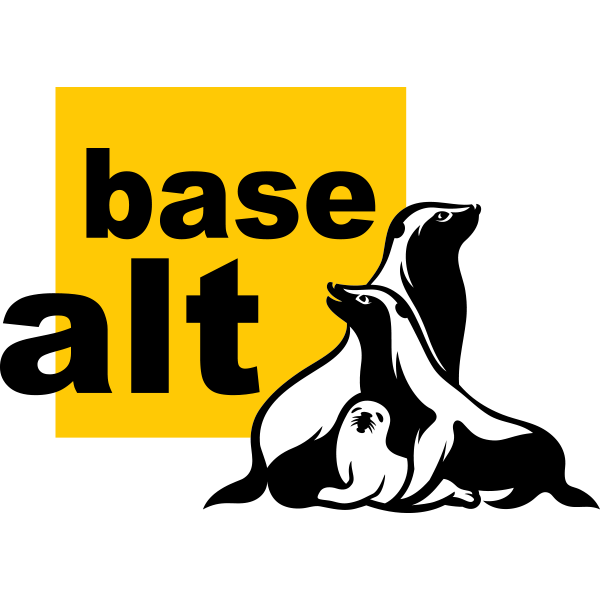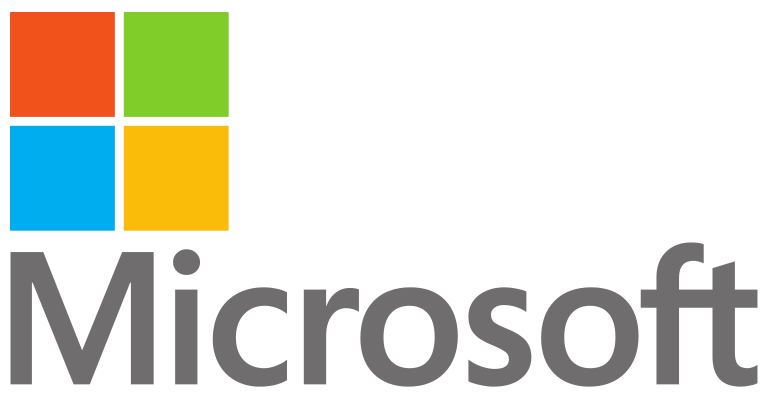17 декабря 2025 - 19 декабря 2025
24 ак. ч.
PP DBA1-16
24 000 ₽
Очный или удаленный
22 декабря 2025 - 25 декабря 2025
32 ак. ч.
PP DBA2
32 000 ₽
Очный или удаленный
15 декабря 2025 - 19 декабря 2025
40 ак. ч.
AL-1705
60 000 ₽
Очный или удаленный
15 декабря 2025 - 19 декабря 2025
40 ак. ч.
ALTADM1
40 000 ₽
Очный или удаленный
15 декабря 2025 - 17 декабря 2025
24 ак. ч.
PHP_2
23 998 ₽
Очный или удаленный
22 декабря 2025 - 26 декабря 2025
40 ак. ч.
ITC-L-201
52 998 ₽
Очный или удаленный
22 декабря 2025 - 26 декабря 2025
40 ак. ч.
ITC-МЭК61850
36 600 ₽
Очный или удаленный
15 декабря 2025 - 17 декабря 2025
24 ак. ч.
10962
43 500 ₽
Очный или удаленный
17 декабря 2025 - 19 декабря 2025
24 ак. ч.
ITC-PMASK
48 998 ₽
Очный или удаленный
15 декабря 2025 - 19 декабря 2025
40 ак. ч.
AL-1805
60 000 ₽
Очный или удаленный







